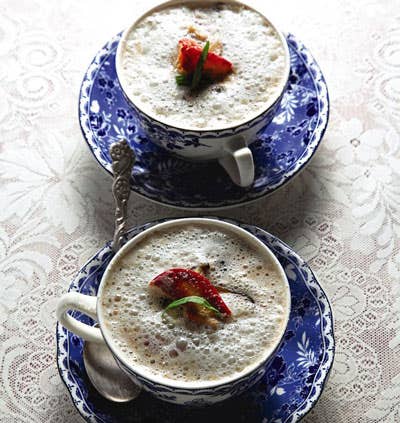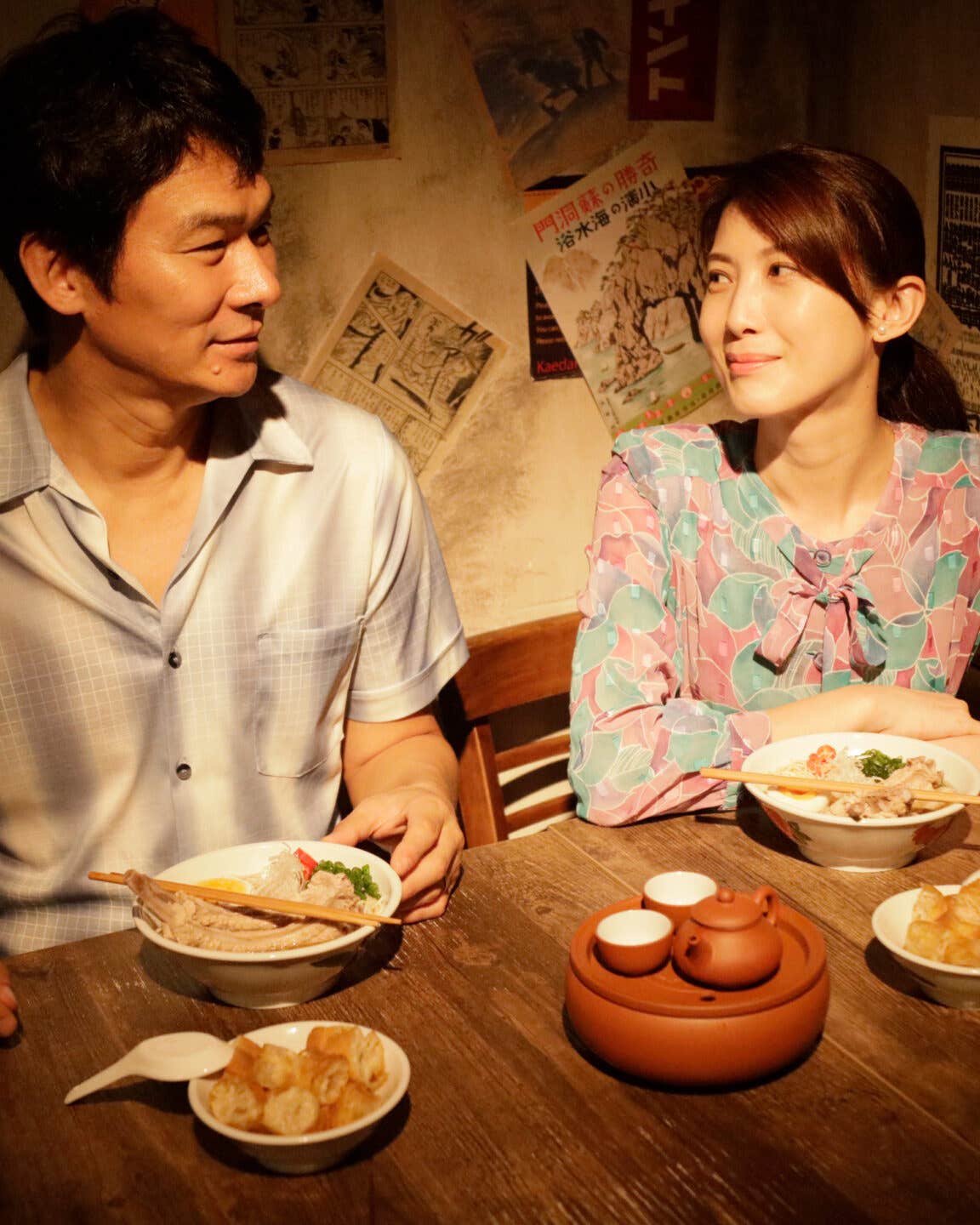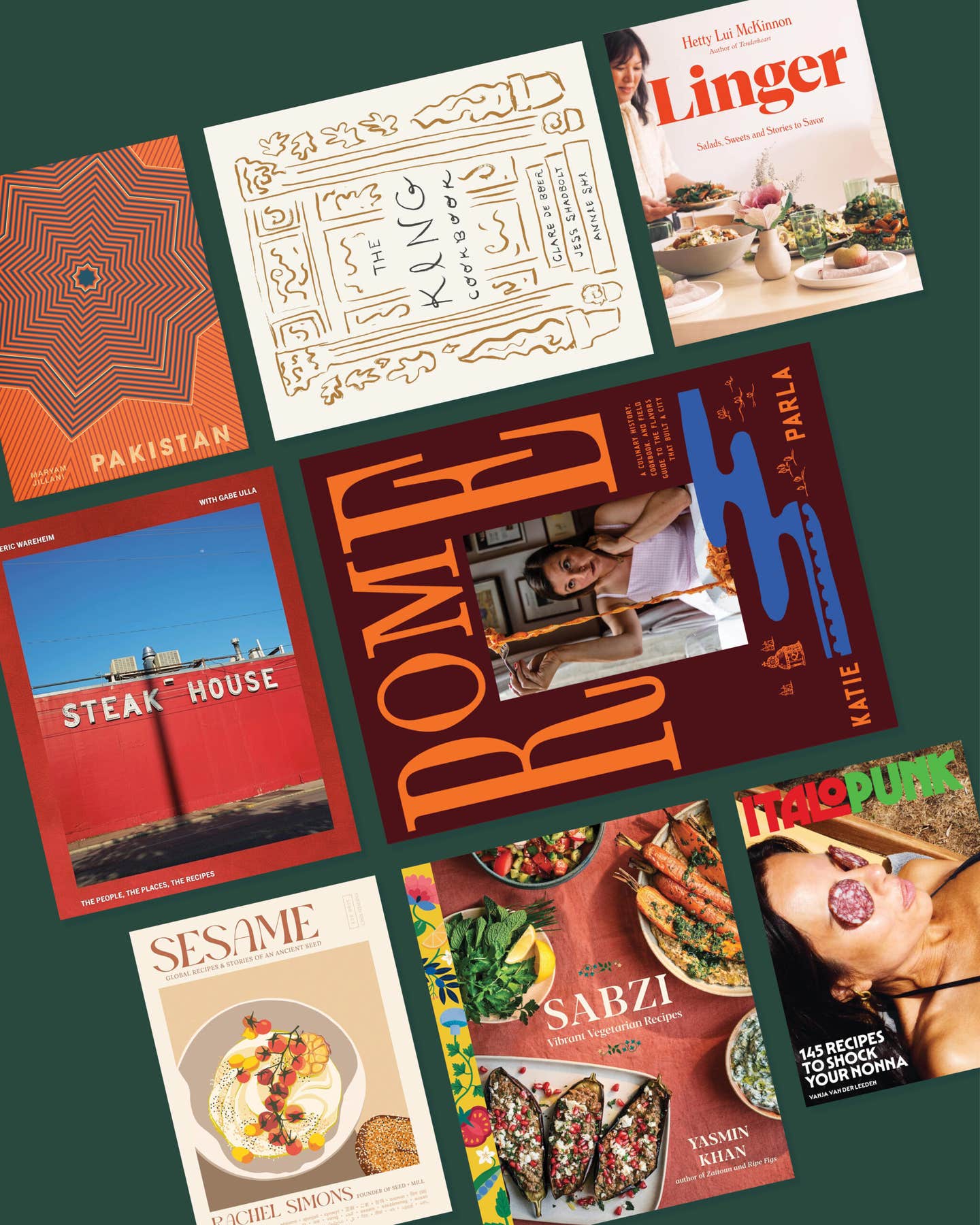
In the early '70s I belonged to a small tribe of American foodies who crisscrossed France twice a year in search of gastronomic epiphany. We were the kind of people who didn't call it spring and fall. We called it mushrooms and game. If Michelin said a restaurant was worth the detour, we braved the back roads. Here we are, my guy and I, dawdling along a country lane on a route north of Lyon, alerted to a promise of two-star pleasure in Mionnay, a post so tiny it would be easy to hurtle right through it. The restaurant we're seeking, formerly known as La Mere Charles, has recently acquired its chef's name, along with his vaulting ambition. After training under the legendary chef Fernand Point at La Pyramide, the restaurant south of Lyon then reputed to be France's finest, this local boy has returned to Mionnay to take over the family bistro and make his mark. Our car creeps along, and then there it is, the stucco bulk of Restaurant Alain Chapel. The place is ringed with an impressive cluster of chariots—a Jaguar, a trio of Mercedeses, a small utility Rolls—not a parking spot left on a fall Sunday. We pull into the courtyard, a bourgeois patio with tile and greenery.
Inside, the air is buttered with expectation. We claim our table from Madame Chapel, the chef's wife. I invoke the name of friends who are regulars. As a professional restaurant critic, I want to be anonymous, but it never hurts to be anonymous with recommendations. Indeed, the chef himself arrives to take our measure. He is wound up, an actor in the drama of the Michelin stakes, two stars running uphill in pursuit of three. The vibrations of his ambition are like electricity in the room. He suggests that locals taking Sunday lunch can make do with the prix fixe, but friends of gourmand friends must submit to divine excess. Off he goes to kill a fatted bird or three in our name.
Immediately, aperitifs are set before us and we are surrounded by aquatic creatures: the tiniest whitebait, crisp-fried with parsley, in a napkin boat; two kinds of shrimp; three enormous oysters; and a sauceboat of periwinkles hiding in their shells. A waiter indicates we should use toothpicks to impale the mollusks. My toothpick breaks. It seems silly, though, to obsess about conquering a little critter when the grandeur of dinner is ahead.
Our table is a giant round before a stone fireplace. The service is exquisite, neither overly formal nor too intimate. And Monsieur Chapel's sensory attack never ceases.
First, a pate of eel and pike in pastry graced with a two-toned yellow pool: one side is beurre fondu—shiny butter essence—the other, matte beurre blanc, spiked with chervil. A rush of butter. Then, after a dramatic pause, we confront the chef's celebrated gateau de foies blonds a la Lucien Tendret. I know that all French aristocrats have troubled livers; the noble chickens of Bresse are no exception. Their livers speak of ritual abuse from a diet of rice, corn, milk, and bits of cheese—the better to be molded into a gossamer flan and draped in a silken crayfish sauce with one crustacean as a flame-red banner. The flan melts on the tongue, leaving a hint of brine.
The room grows warmer. A quartet of the tiniest birds gives pause to our insatiable hunger with their innocence. A pair of ortolans for each, my first ever of that now forbidden delicacy, lying there feet up. Macbeth hesitates. But Lady Macbeth coolly stabs her rare roasted bird. A rusty geyser stains the cloth. Out, damned spot. The ortolan crunches. Lady Macbeth eats it, bones, and all.
A simple steamed chicken strikes me as a nice change of pace. Indeed, the chef has steamed a truffle-padded chicken to the texture of satin. Then he's gilded the bird with sculpted carrots, potatoes, and turnips and fortified its poaching bath with foie gras, butter, and heavy cream. By its side, trailing a scent of wet earth, a mushroom melange sauteed in butter with chive, chervil, and parsley. Strange bedfellows, I wrote in my review.
Dessert, excruciating overkill, strikes in dazzling waves. First, a regiment of ice creams and tingling sorbets; I recall a pineapple ice of supernatural impact. Then, a pride of tarts. A sublime chocolate cake. And fruit—raspberries in a small wooden box, and wild strawberries, tiny fraises des bois. Bite-size pastries arrive, and inside a faience tureen, homemade chocolate truffles. I must sample one of each. It's my job! And fresh, strong coffee, Costa Rican, the waiter says. All this costs a princely $73 for two. Tomorrow seems too near.
Two weeks after our visit, Michelin bestowed its third star on Alain Chapel. From time to time, over the years, I returned to Mionnay. Chapel went on to develop nouvelle cuisine-accented dishes like his mushroom "cappuccino," a froth of intense consomme with a floating curl of crayfish tail, but he held fast to classic dishes, too, like his calf's ear stuffed with sweetbreads, truffle, and cream. Two months after my last visit in the spring of 1990, I learned that the by-then legendary chef had died of a stroke, at 53. I can still conjure the image of him as he strode into the room—the posture and clip of a samurai, his floor-length white apron flared, a cigarette in his hand—and with it, an explosion of sensuous memories.
Keep Reading
Continue to Next Story










